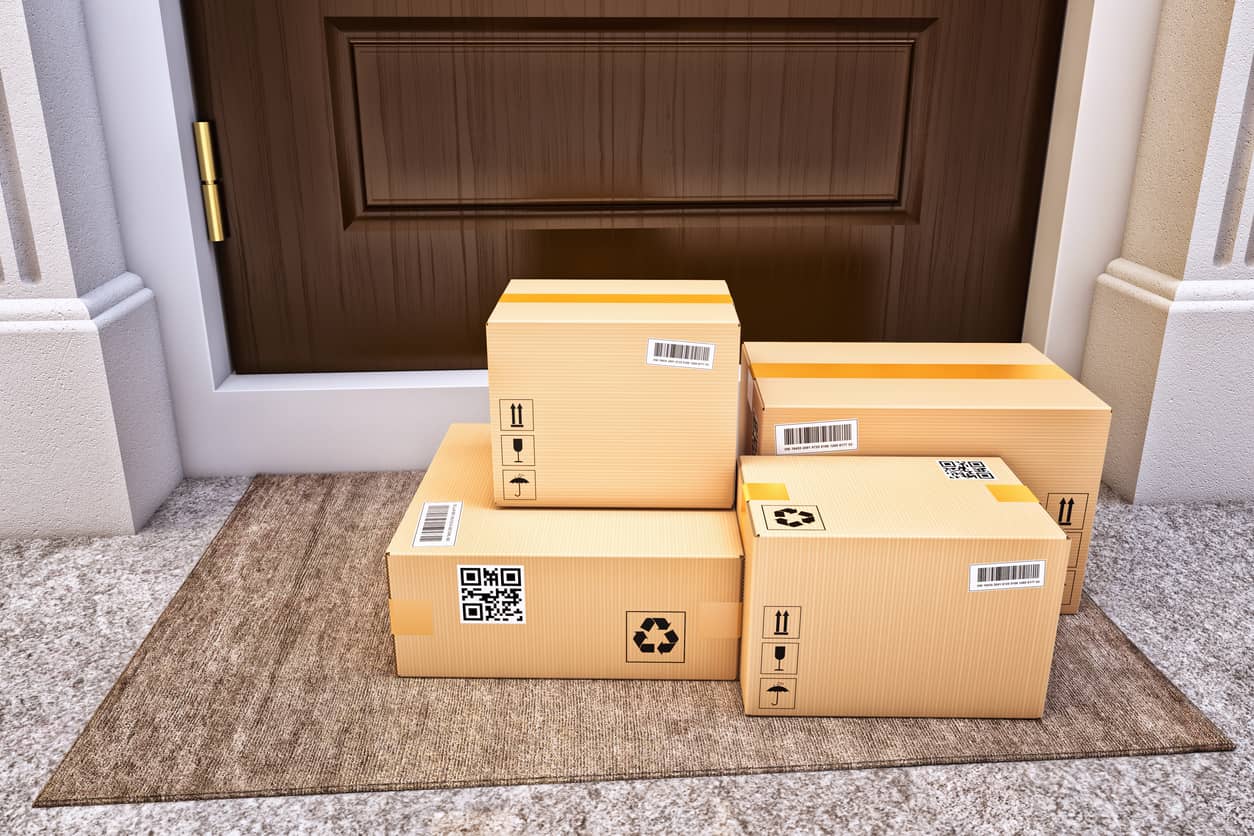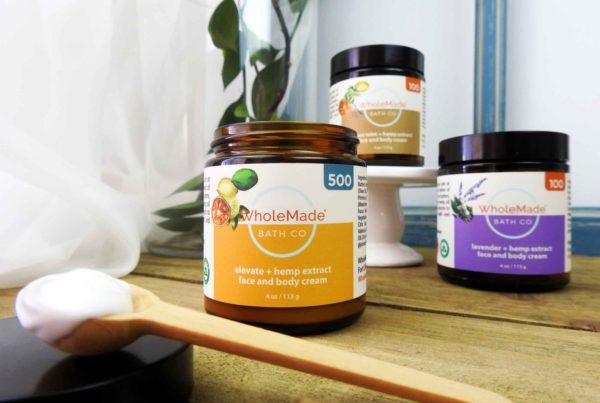Any growing ecommerce or retail business knows the holidays are critical to their health and success, as it’s the time of year that typically brings in the most revenue. That’s why it’s important to begin strategizing and planning during the heat of the summer to ensure your brand is ready to go. The National Retail Federation reported that in 2019, by the first week of November, more than half of consumers had already begun their holiday shopping and that people planned on spending more than $1,000, on average, for items including decorations, gifts, and other purchases for themselves and family.
With non-store sales rising year-over-year, the fourth quarter presents a huge opportunity for digital retailers. Additionally, the recent global pandemic has caused consumers to stay home and shop online more. The fourth quarter presents a huge opportunity for businesses to increase their profits. In 2020, with more consumers already familiar with online shopping because of the global pandemic, the opportunity may even be bigger to capture more sales.
But what do retailers need to consider in order to position themselves for success? We have five key areas to focus on when building your holiday ecommerce strategy.
Email marketing
Email marketing is a great way to boost holiday sales. As competition continues to increase, it’s important to take early action to ensure your promotions are at the top of customers’ inboxes and minds.
Build the right list
Well before the holiday ecommerce rush, you should run lead generation campaigns to build subscriber lists. Additionally, nurture your relationship with existing customers, subscribers, and fans throughout the year. Offer one-time discount codes for signing up or other perks to create a refined list to use when it’s time to push out holiday sales and promotions.
Supplement marketing initiatives
Effective email marketing works hand-in-hand with other marketing initiatives. You should always plan to promote Black Friday and Cyber Monday sales, but there are other ways to grab your subscribers’ attention, too.
- Gift Guides. Do you have more than one product offering? If so, use the upcoming holiday season to organize your offerings into guides for mom or dad, gifts under $20, or stocking stuffer ideas. Feature your guide on your website or landing page and create click-through links to include in emails to your subscribers.
- Contests: Think creatively about how to generate more buzz around your brand. Contests are a great way to encourage your subscribers to refer their friends or recruit new subscribers.
- Create urgency. Around the holidays, urgency can be created in a number of ways. For example, low-inventory items can be designated with banners. Countdown clocks are also effective at reminding customers about the last day to purchase in order to guarantee to ship for the holidays.
Make your language stand out
Direct subject lines are the best way to engage your customers. Are you offering a gift guide? Say something like “Gift guide for the fitness enthusiast,” or “Best gifts under $20.” Throughout the holiday season, test out subject lines and tweak them.
Make sure the language is exciting, but keep the body of the email direct and concise. Additionally, check to ensure every link works, especially during the call to action.
Create mobile-friendly emails
With more customers using their smartphones for research and purchases, it’s important to make sure your emails are user-friendly on those devices. You should avoid small text or graphics so everything is easy to read. Use descriptive alt-text on images to accommodate users who have email media turned off on their phones.
It’s a good idea to use “mobile view” to see what your emails will look like when displayed on a phone. Send out test emails to yourself and other team members to make sure things look good.
Content and SEO
SEO takes time. If you’re hoping to rank for your keywords in November and December, you’ll want to get going in the summertime. Start by determining the keywords you want to rank for. Consider what sold best last year during the holidays, which products make the best gifts, and what trends your products fit into.
Once you’ve identified keywords, you can focus on ranking. Update the product descriptions and your website’s metadata to include the keywords you’re targeting. Additionally, it’s a good idea to create blogs and other content that reference keywords, too.
Amazon Listings
If selling on Amazon is part of your general or holiday ecommerce strategy, you’ll want to make sure you up your Amazon marketing game. Make sure you’ve optimized your product description on Amazon so its search engine finds your product. Be sure to add holiday-related keywords like gifts, gift-giving, sales, stocking stuffers, and more. It’s important to keep in mind that you’re writing for Amazon search engines and customers, so keyword order, frequency, and the overall listing copy must flow for readability.
Update your photos with holiday flair. Products with images that fit with the holiday theme will stick in customers’ minds. Consider changing up colors or have photo settings be family or holiday-centric.
Double-check your inventory to ensure you have enough products on hand by reviewing sales reports and prioritizing top sellers. If you’re using Fulfillment by Amazon, check the warehouse deadlines, and be sure your stock is ready to go on time.
Social Media, Influencers and Public Relations
How can they help with holiday ecommerce?
Holidays are a great time to have a little fun with your brand’s social media channels, relationships with influencers, and the media. These three groups work hand-in-hand to generate brand awareness which can lead to increased sales. Be sure to leverage all of them as you prepare for, and head into, Q4.
Social media
Social media is a casual space where you can relax and engage in a more informal way with your audience. That’s why you should get creative as you celebrate the holidays. Make fun graphics, run holiday giveaways, craft content that’s on-brand and festive. For example, if your company sells cookware, opt for a “12 days of recipes” campaign. At the least, wish your followers a happy holiday through messages or a short video from the team.
Influencer marketing
Social media influencers are helpful year-round, but especially at the holidays. First, look for influencers who your customers follow and engage with. Then, find fun ways to collaborate with them. Keep in mind that you must reach out early to key influencers, as many work months in advance to plan their content.
Have a budget, benefit, and product for the influencers you wish to target. This is their business, and they seek to provide value to their followers. Offering a product for them to test, a discount code for their followers and either upfront or commission-based payment are ways to stand out among the other brands seeking collaborative partnerships.
Public relations
Many popular online publications look for holiday content early. As with influencers, it’s important to pitch journalists as soon as possible to get on their coverage calendars. It’s a good idea to pitch your products as part of gift guides and roundups. Make sure to pitch journalists individually, noting the types of guides they’ve published in the past and the articles they’ve covered.
Strengthen Manufacturing Relationships
In the early days of the COVID-19 pandemic, businesses saw their production capabilities shut down for several weeks. Timed with the Chinese New Year, companies that had planned for that annual reduction in production suddenly saw those issues compounded. This magnified the need for diversified supply chains. Be sure to have established relationships with a number of manufacturers, have supply on-hand, and the ability to scale up production when your marketing efforts increase your sales.
Ready, Set, Grow
Now that you know the key to Q4 and holiday ecommerce success starts with early preparation, start planning. You have several key marketing tactics to consider, but, if you need help, consult an expert like our strategic marketing partner, Enventys Partners.








